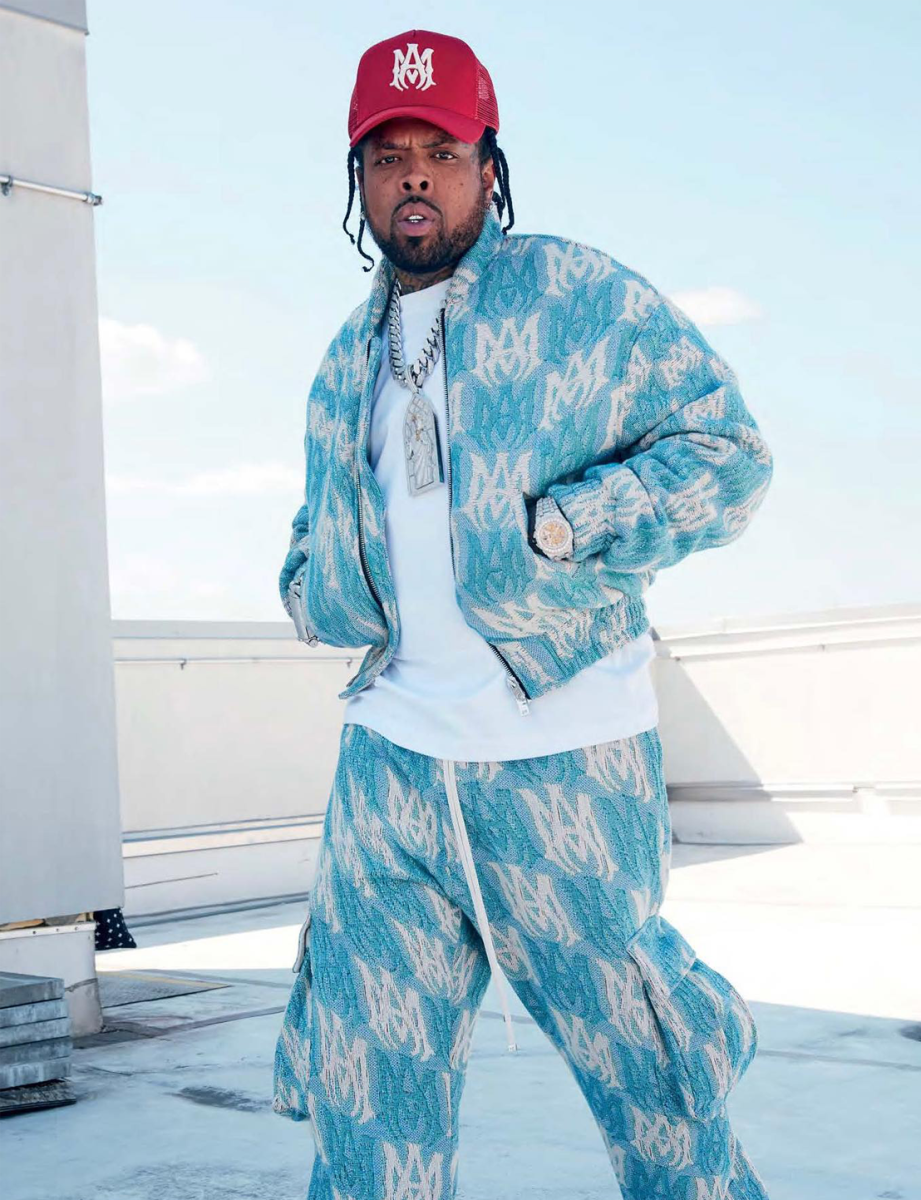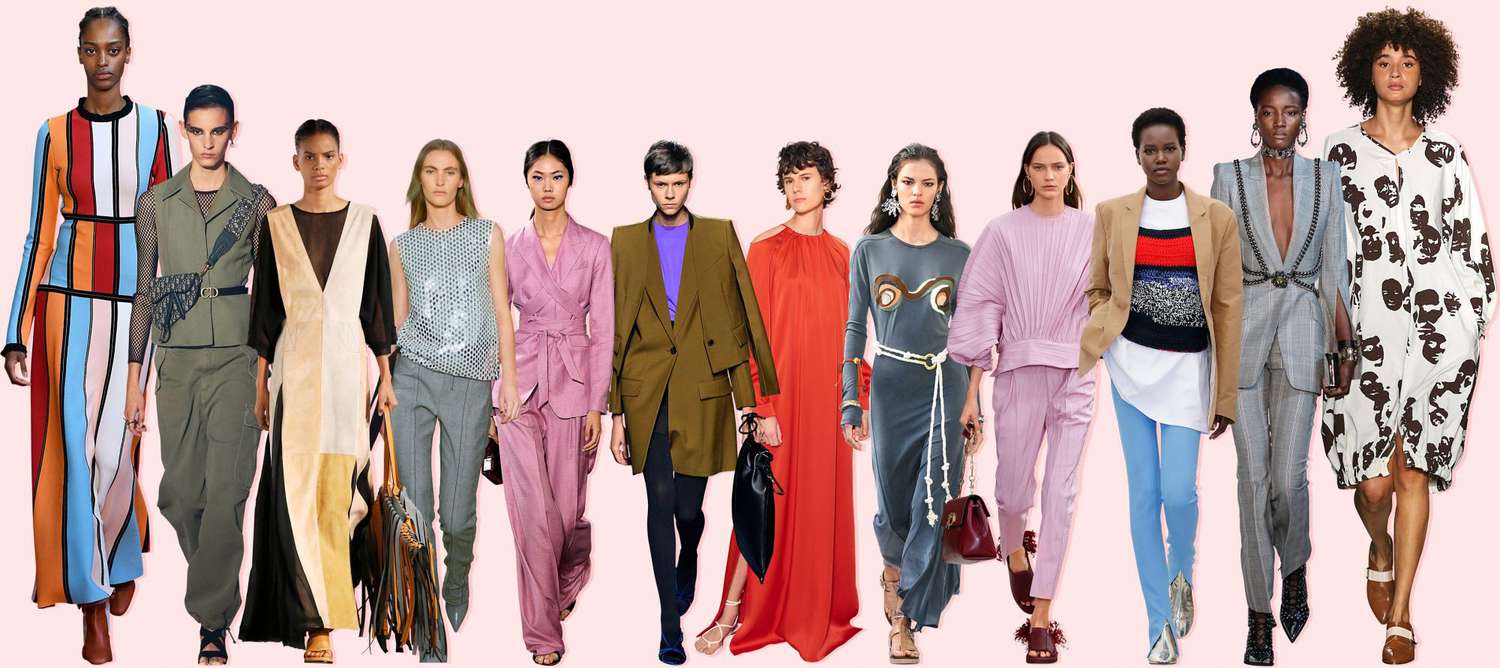Branded Clothing for Active Lifestyles: What Fabrics Support Performance?
Branded Clothing for Active Lifestyles: What Fabrics Support Performance?
Blog Article
Comprehending Clothes: The Relevance of Textile Options in Your Wardrobe
The choice of fabric in apparel plays a pivotal duty in both appearances and capability. Various products offer varying levels of comfort, breathability, and resilience, directly influencing the user's experience. Understanding these nuances can improve one's closet considerably. Yet, many neglect exactly how these options can impact not just individual style, yet additionally sustainability. What fabric choices could redefine your closet and straighten it with both style and obligation?
The Function of Textile in vogue and Functionality

Common Material Types and Their Features
When selecting clothes, recognizing the characteristics of common fabric types is important for making notified choices. Cotton, a widely-used all-natural fiber, is recognized for its breathability, softness, and convenience, making it appropriate for laid-back wear and daily garments. Linen, another natural option, flaunts outstanding moisture-wicking properties and a distinct structure, suitable for warm climates.Wool, often preferred for its heat and sturdiness, differs in fineness; merino wool is soft against the skin, while coarser kinds are made use of for outerwear. Synthetic textiles like polyester and nylon offer longevity and resistance to creases, making them prominent for activewear and travel garments. Finally, blends, which combine natural and synthetic fibers, can enhance performance while preserving convenience. By identifying these textile attributes, people can pick garments that aligns with their way of life and aesthetic choices.
Breathability and Comfort: Picking the Right Fabrics for Various Climates
Selecting the right fabrics for different environments can significantly enhance comfort and general wearability. Breathable materials are important in hot climates, as they enable air blood circulation and wetness evaporation. Fabrics such as cotton, bed linen, and moisture-wicking synthetics efficiently draw sweat away from the body, keeping the user cool and dry. Conversely, in chillier climates, thicker textiles like wool or fleece provide insulation while keeping breathability, making sure heat without overheating.Additionally, the selection of textile weight plays a crucial function; light-weight textiles are more effective for summer, whereas larger options are matched for winter season wear. Understanding the unique homes of each textile makes it possible for people to clothe appropriately for differing weather. Ultimately, selecting comfy and breathable materials customized to certain climates can substantially boost everyday comfort and enhance the general experience of using garments.
Resilience and Treatment: Just How Fabric Affects Longevity of Your Closet
Selecting the best products can substantially impact the toughness and treatment demands of a closet. Fabrics such as cotton and polyester are known for their resilience and ease of upkeep, making them optimal for daily wear. On the other hand, delicate materials like silk and lace require even more cautious handling and specialized cleansing approaches, which can raise the moment and effort required for care. Branded Clothing.Durability is additionally affected by the textile's weave and surface; snugly woven fabrics often tend to withstand wear and tear better than loosely woven options. Additionally, artificial blends often provide enhanced resilience, incorporating the most effective high qualities of multiple fibers.Understanding the treatment directions for each and every textile is crucial, as inappropriate washing or drying can bring about premature wear. Ultimately, picking sturdy materials can lead to a longer-lasting closet, decreasing the regularity of replacements and adding to an extra sustainable style selection
The Impact of Textile on Fit and Silhouette

Lasting Textile Options: Making Eco-Friendly Decisions
The impact of fabric prolongs past fit and silhouette to include ecological elements, prompting an expanding interest in lasting fabric options. Green materials, such as organic cotton, hemp, and Tencel, are gaining traction amongst consumers that prioritize sustainability in their closets. These materials are usually created with fewer chemicals and water, minimizing their environmental footprint.Additionally, recycled materials, made from post-consumer waste, provide an innovative remedy to the textile sector's pollution problem. Brands significantly embrace openness in their sourcing techniques, allowing consumers to make enlightened decisions regarding their purchases.Choosing sustainable textiles not only sustains ethical practices however also motivates go to my blog the fashion business to embrace even more liable production methods. As recognition of environmental concerns rises, individuals are prompted to assess the long-lasting effect of their fabric choices, cultivating a motion in the direction of an extra sustainable and eco mindful strategy to fashion.
Raising Style: Just How Fabric Can Transform a Clothing
While numerous may concentrate on shade and cut when selecting an outfit, the choice of fabric plays an important role in raising design and boosting general appearance. Different materials share distinctive moods and messages; for example, silk exudes high-end and sophistication, while jeans supplies a casual, kicked back ambiance. The structure and drape of a textile can dramatically modify the shape, with organized textiles offering a refined appearance and softer ones producing a much more fluid, loosened up aesthetic.Moreover, the weight of the textile affects wearability throughout periods. Light-weight fabrics like linen and cotton are optimal for summertime, while heavier materials such as wool and velour provide warmth and style in cooler months. Comprehending material residential properties, such as breathability and stretch, likewise equips individuals to make informed selections that enhance convenience without compromising design. Ultimately, the right fabric can transform a clothing from ordinary to extraordinary, making it an important consideration in any wardrobe.
Regularly Asked Inquiries
Exactly how Do I Recognize the Textile Material of My Clothes?
To identify textile material, one can check out treatment labels, conduct melt tests for fiber recognition, or seek advice from textile swatches. These methods help distinguish materials, making sure informed choices for clothes care and upkeep in daily wear.
Can Fabric Option Affect My Mood or Confidence?
Fabric option can greatly affect an individual's mood and confidence. Branded Clothing. Certain materials may evoke sensations of comfort or sophistication, while others can feel uncomplimentary or restrictive, eventually influencing self-perception and psychological well-being click here for info throughout the day
What Fabrics Are Finest for Delicate Skin?
For individuals with sensitive skin, all-natural textiles like cotton, bamboo, and linen are usually recommended. These products are breathable, hypoallergenic, and much less most likely to create irritation, making them suitable selections for convenience and skin wellness.
How Do I Effectively Laundry and Look After Various Fabrics?
To properly care and wash for various textiles, one must think about each material's certain demands, consisting of temperature level setups, detergents, and drying techniques, making certain durability and preserving the material's initial high qualities for ideal usage.
Exist Details Fabrics for Athletic or Efficiency Put On?
Athletic or performance wear typically utilizes materials such as nylon, spandex, and polyester. These products are designed for moisture-wicking, breathability, and adaptability, boosting activity and convenience throughout exercises while giving durability and support. Conversely, in colder climates, thicker materials like wool or fleece give insulation while retaining breathability, guaranteeing heat without overheating.Additionally, the selection of material weight plays an essential role; light-weight textiles are more suitable for summer, whereas heavier alternatives are suited for winter wear. In contrast, fragile products like silk and shoelace need more careful handling and specialized cleansing approaches, which can raise the time and effort required for care.Durability is likewise influenced by the textile's weave and coating; securely woven fabrics tend to resist wear and tear much better than loosely woven alternatives. In comparison, inflexible textiles can limit activity however supply a traditional, polished look.Moreover, the density and structure of the textile can affect the aesthetic assumption of body shape. The effect of fabric prolongs past fit and shape to include ecological elements, prompting a growing passion in lasting fabric options. The appearance and drape of a textile can considerably change the silhouette, with structured materials giving a polished appearance and softer ones creating an extra fluid, kicked back aesthetic.Moreover, the weight of the material influences wearability throughout seasons.
Report this page